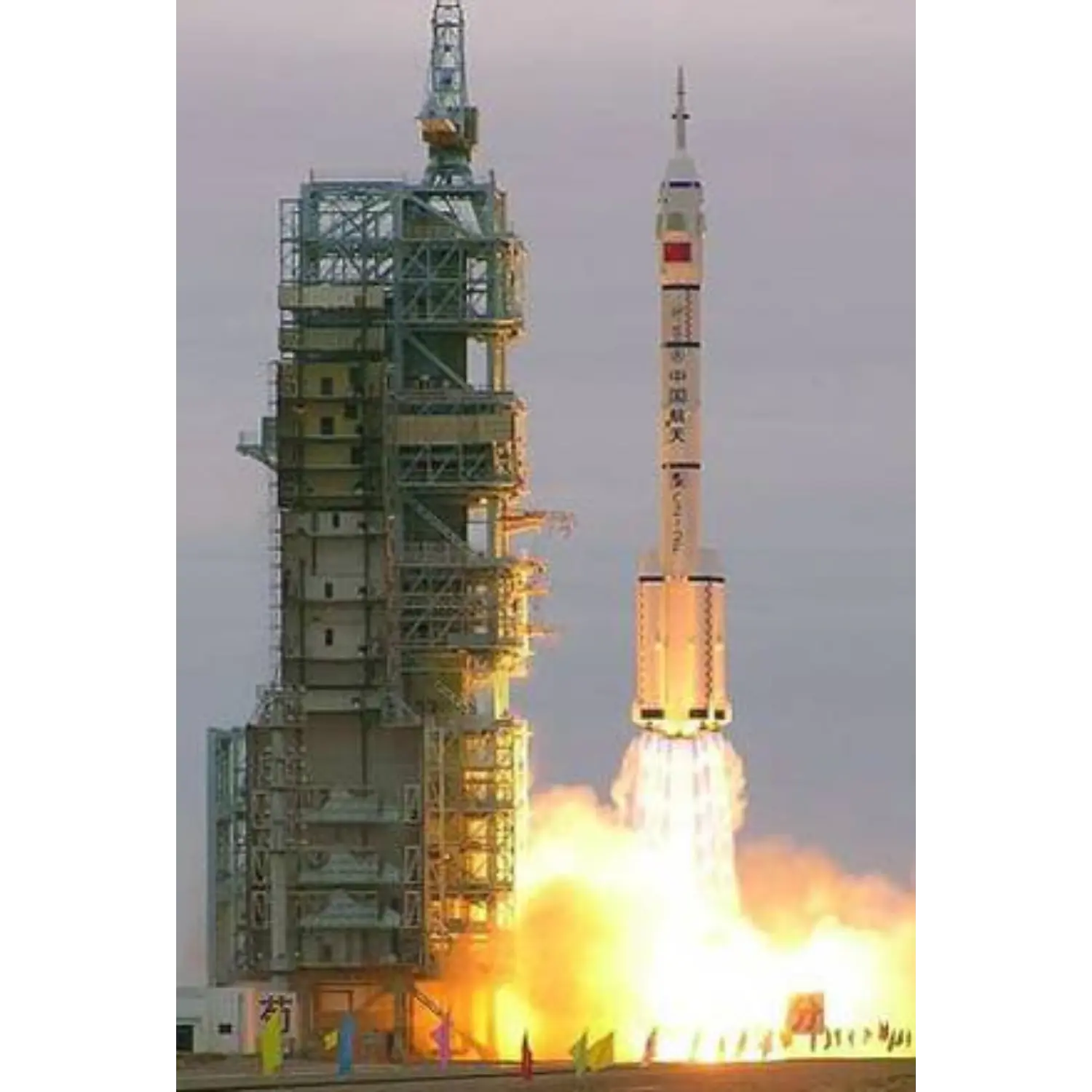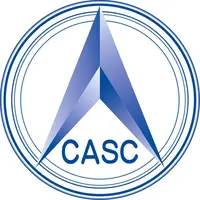/
Shenzhou 1
Launch Success
Liftoff Time (GMT)
22:30:00
Friday November 19, 1999
Mission Details
Launch Notes
First flight of CZ-2F. First flight of the Shenzhou spacecraft.
Shenzhou 1
Shenzhou 1 (simplified Chinese: 神舟一号) was the first uncrewed launch of the Shenzhou spacecraft. The spacecraft used was not equipped with a life support system or an emergency escape system. After orbiting the Earth 14 times, the command for retrofire was sent by the Yuan Wang 3 tracking ship off the coast of Namibia at 18:49 UTC. After a successful reentry, it landed about 415 kilometres east of its launch pad and 110 kilometres northwest of Wuhai, Inner Mongolia. The first Shenzhou spacecraft was different from those later used. Instead of featuring unfolding solar panels, Shenzhou 1 was equipped with fixed solar cells. During this first flight, there were also no orbit changes. According to Qi Faren, the chief designer of the spacecraft, only 8 of the 13 sub-systems on board the spacecraft were operational. Shenzhou 1 was designed primarily to test the Long March 2F rocket. The only systems and capabilities tested on the spacecraft were the separation of the modules, attitude control, lifting body reentry, the heat shield, and ground recovery. The spacecraft is thought to have carried 100 kilograms of seeds to investigate the effects on them of the space environment. It is also thought that the front of the Orbital module was equipped with a dummy ELINT package, with Shenzhou 2 onwards equipped with fully functional models.
Low Earth Orbit
1 Payload
7,600 kilograms
Rocket


Agency
CASCRocket
Height: 58.34m
Payload to Orbit
LEO: 8,400 kg
GTO: 0 kg
Liftoff Thrust
5,985 Kilonewtons
Fairing
Diameter: 3.6m
Height: 19.11m
Stages
2
Strap-ons
4
Launch Site
Stats
Long March 2F
1st
Mission
1st
Mission of 1999
1999
65th
Orbital launch attempt